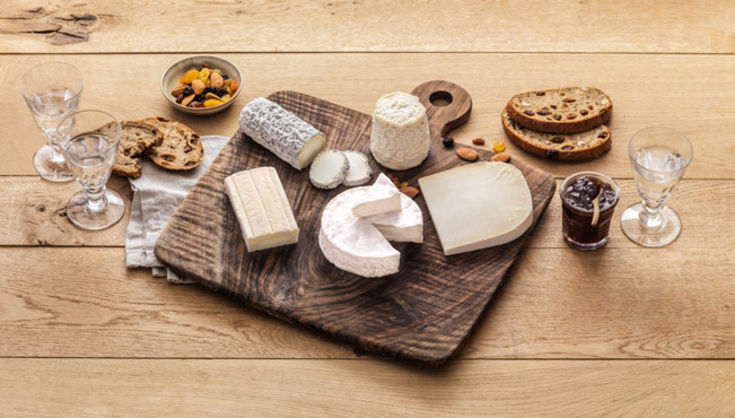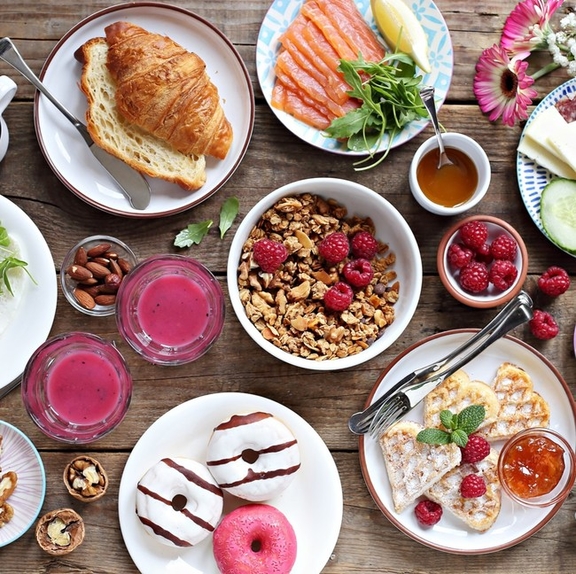
What if goat cheese made its way onto your brunch menu?
Discover some recipe ideas that will make you happy ab1
France is a land with 1,200 cheeses, so knowing how to cut a goat cheese correctly is serious business. Now that you’ve composed a gorgeous and irresistible platter, cutting the cheese correctly will help preserve the aromas and extend the shelf life of your cheeses. Naturally, Soignon’s goat cheeses follow the rule.
Cheese is an art form; as is the process of cutting it! And for good reason, cheese is a mixture of textures and flavours. From the softest, creamiest center to the most pronounced flavour at the rind, a correct cutting technique will let each of your guests enjoy these nuances.
If you want everyone around the table to fully appreciate the flavours on your cheese board, here are a few rules on how to cut cheeses. In particular, depending on their shape, the cutting technique lets you evenly distribute flavours and nuances between portions. Round, log, pyramid, triangle … here are some simple tips to cut your goat cheeses according to the rules!
From Crottin de Chavignol to Chabichou du Poitou, some goat cheeses come in small sizes. Depending on their size, cut them into equal parts from the center to the edge.
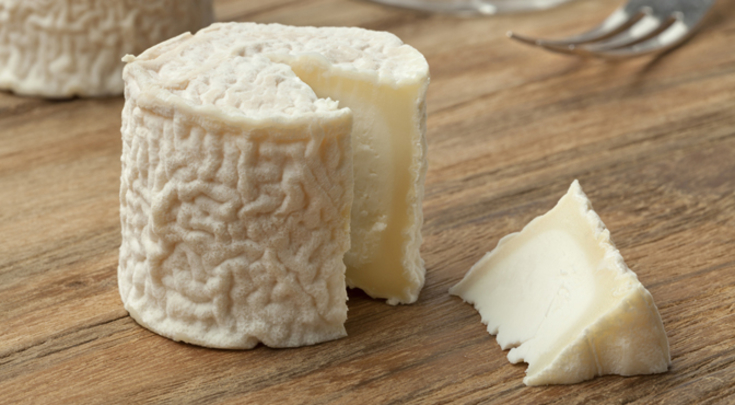
Like the great Camembert, round cheeses should be cut like a cake. Work from the center outward to the rind and serve same-sized triangular wedges.

Similar to the Ripened goat log, all long cheeses should be cut into round slices.
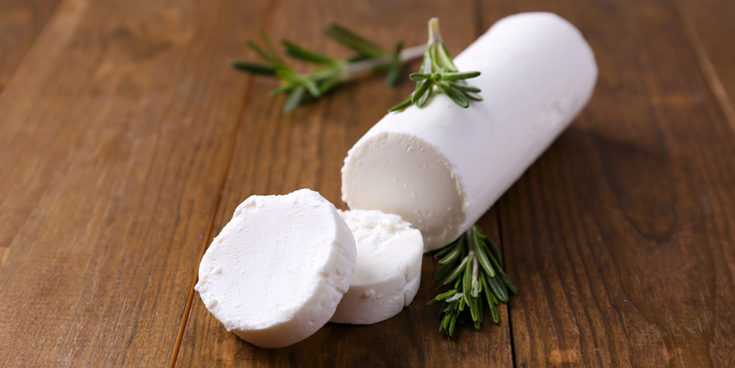
A long way from Egypt, pyramids are invading our cheese boards. Cut thin triangular portions from the center down through the height of the cheese.
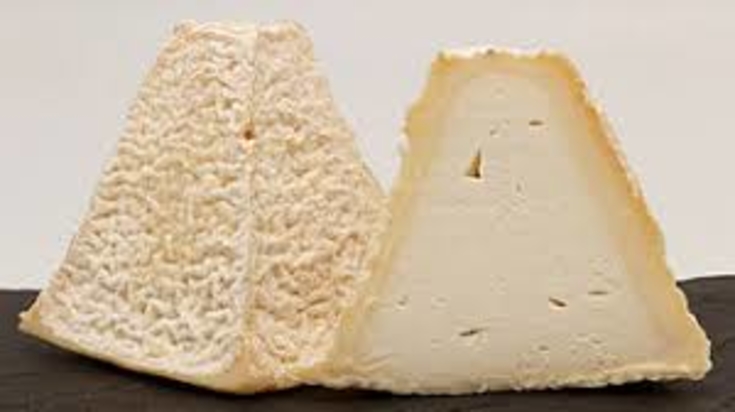
In order to avoid the last portion of cheese being just the rind, always carve a tip on each piece you serve. You can then cut parallel slices lengthwise from the tip or diagonally from the edge.

Just as there are rules for cutting goat cheeses based on their shape, you are recommended to cut your cheeses from mildest to strongest, to prevent the flavours from mingling as you continue slicing. Instead of presenting one large cheese platter, why not serve two boards, one for milder cheeses and another for fuller flavoured cheeses?
Do you aspire to become a cheese master? If so, note that a multitude of knives exists to suit the consistency, texture and type of cheese.
Where a painter has brushes, the must-have accessory for the cheese enthusiast is the knife. For goat cheeses, you can opt for the traditional knife with a curved tip and twin-forked end.
If you have just the one knife on your cheese board, remember to wipe it clean between cuts to avoid mixing flavours that are too distinct.
The much less well-known cheese harp is especially popular with fans of goat cheese logs. Fitted with a cheese-cutting wire, it lets you make a clean, thin and precise cut into slices, so the cheese won’t crumble. Gourmet food lovers can kill two birds with one stone as the cheese harp is also perfect for cutting foie gras.
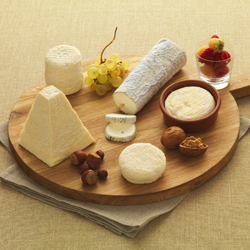
Remember to take your cheeses out of the fridge about an hour before serving. Indeed, they are best served at room temperature since cold tends to block the aromas and harden the cheese.
All set for your next cheese board?
